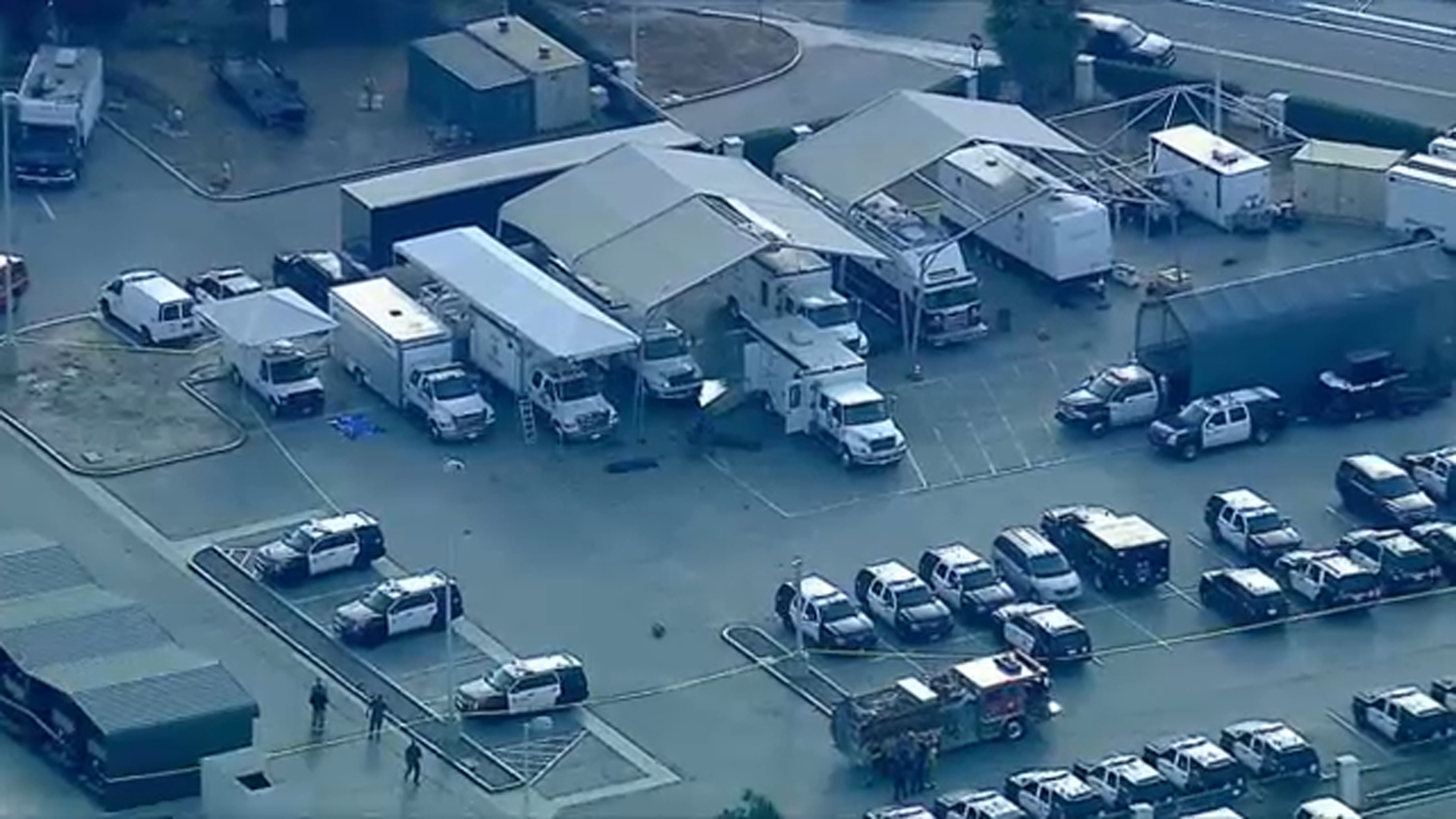Stanford research shows effectiveness of prescribed burns in reducing wildfire damage, toxic smoke
STANFORD, Calif. -- For years, researchers have turned the hills above Stanford into a kind of working wildfire lab, experimenting with different methods of thinning out dry grass and other dangerous fuels. But now new research is suggesting that one strategy, known as a prescribed burn, can deliver multiple benefits.
"We look at the 2020 wildfire season, which is still pretty much one of the worst wildfire seasons on record in the western United States," says Makoto Kelp Ph.D., with Stanford's Doerr School of Sustainability.
Kelp says the team examined satellite imagery of the fire zones along with land records and smoke measurements. They compared areas that had been treated with prescribed burns in the years leading up to the wildfires, against nearby areas that hadn't. They found that pre-burning reduced the severity of future fires by as much as 16%. He adds that the pre-burned areas also produced 14% less smoke pollution, even factoring in the smoke produced by the original controlled burned.
MORE: Santa Clara Co. uses AI sensors to help detect fires early before major destruction

"We're able to quantify the amount of fire smoke that is produced from these prescribed burns, and then later seeing those areas that later re-burn in a wildfire actually emit less smoke. And then when you factor in both of that, the kind of prescribed fire smoke with a reduced amount of wildfire smoke, then overall you're saving net smoke emissions for people getting exposed to smoke," Kelp adds.
Stanford Doerr climate scientist Noah Diffenbaugh, Ph.D., believes the smoke finding could be critically important for protecting public health. That's because tiny particles emitted by wildfires are now being linked to both cardiovascular and lung damage.
"There's a lot of evidence now that the particulate matter in the air really has, kind of big impacts on human health, both the morbidity and mortality," Diffenbaugh said. "And, we know from, from prior research that the wildfire smoke is really contributing a lot to the, degraded air quality that that impacts people's health."
MORE: BurnBot unveiled in CA, controlled burn machine could reduce wildfire risk

But the study also revealed challenges. Researchers say the prescribed burns were much more effective in open forest than they were in populated areas known as WUI's or Wildland Urban Interface, possibly because of the difficulty of conducting burns so close to homes and businesses. Still, they believe the findings make a strong argument for the cost effectiveness of expanding prescribed burns in California.
"A substantial fraction of, of the equivalent of, of the 2020 fire season could be reduced from, from scaling up the prescribed burning to the level that that, California has, has identified," Diffenbaugh said.
And the investment is already significant. It's estimated that some $2 billion in federal funding is currently allocated to proscribed burns.








